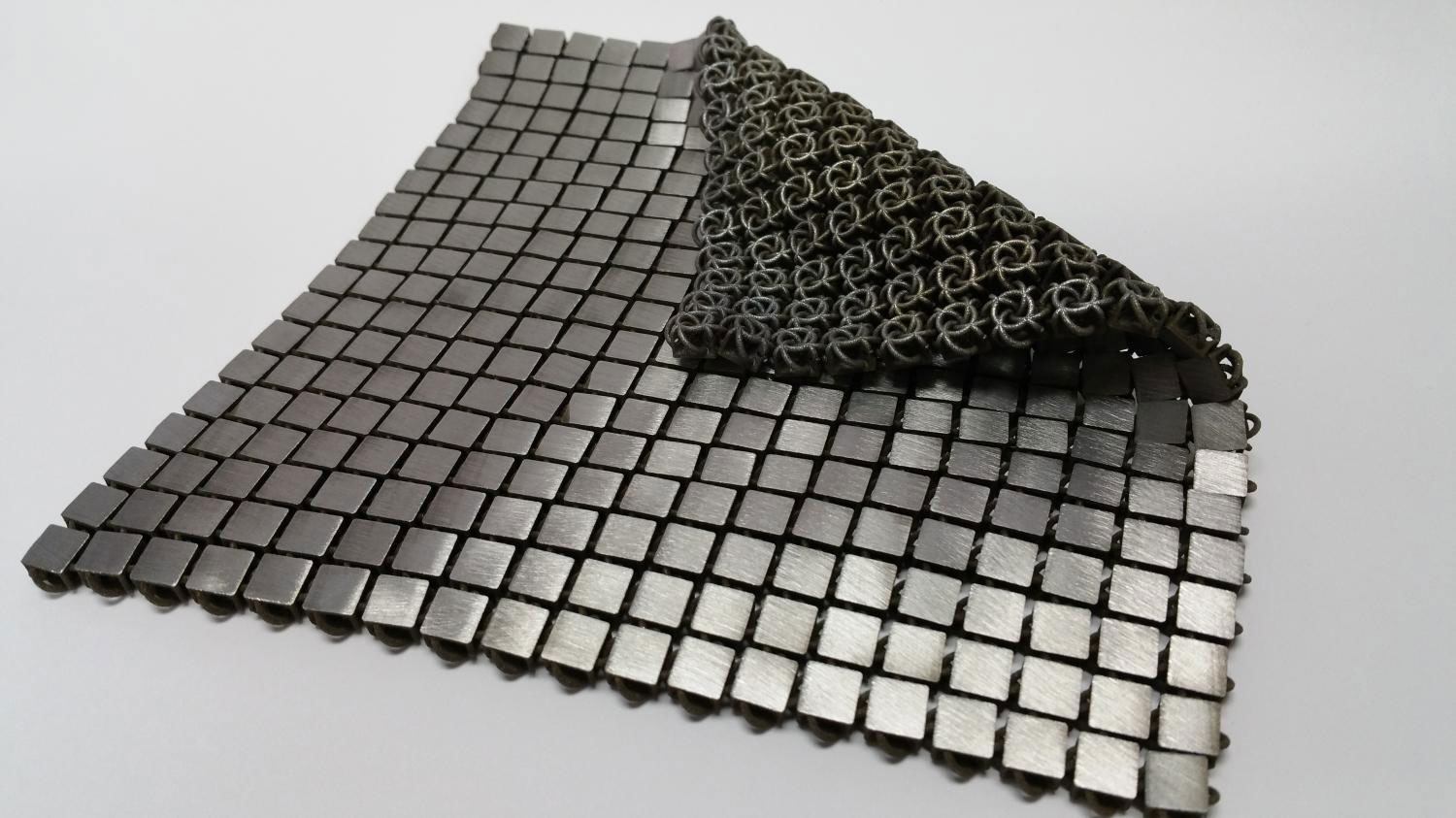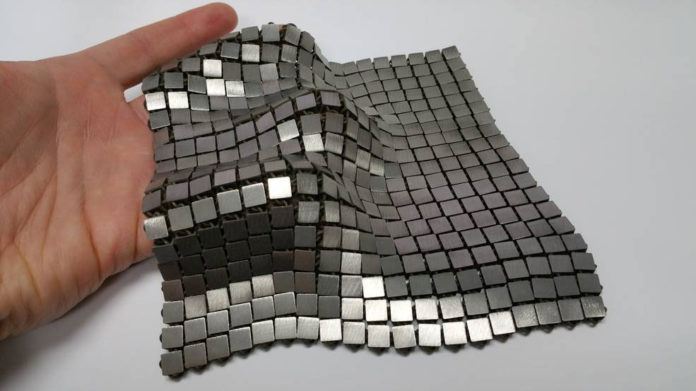Nasa scientist, Raul Polit Casillas with his colleagues are developing a woven metal fabrics to use in space. The fabric is also known as space fabric. Scientists developed this fabric for astronaut’s spacesuit that could efficiently protect them from meteorites, or for capturing objects on the surface of another planet.
In real, Raul Polit Casillas was grew up at around fabrics. His mother is a fashion designer in Spain. From the very young age, he learned how materials could be used for designing purpose.
The prototype of the space fabric that they are designing looks like chain mail. It is tuned up with small squares coupled together. The most fascinating, the fabric is printed via advanced technologies and created at one place instead of sewing them.
For that purpose, scientists used additive manufacturing technique, a 3D printing technique on an industrial scale. The technique deposits material in layers to build up the desired object. This reduces the cost and increases the ability to create unique materials.
Polit Casillas said, “We call it ‘4-D printing’ because we can print both the geometry and the function of these materials. If 20th Century manufacturing was driven by mass production, then this is the mass production of functions.”
As scientists reported, the fabric has the potential to be used in large antennas and other deployable devices. Another potential use includes an icy moon like Jupiter’s Europa, where these fabrics could insulate the spacecraft. At the same time, this flexible material could fold over uneven terrain, creating “feet” that won’t melt the ice under them.

Credits: NASA/JPL-Caltech
This space fabric performs four essential functions:
1. Reflectivity, 2. Passive heat management, 3. Foldability, and 4. Tensile strength
One side of the fabric reflects light, while the other absorbs it, acting as a means of thermal control. It can fold in many different ways and adapt to shapes while still being able to sustain the force of pulling on it. Because of its flexibility and shape changing properties, it is useful for large antennas and other deployable devices.
Andrew Shapiro-Scharlotta of JPL said, “Fabricating spacecraft designs can be complex and costly. Adding multiple functions to a material at different stages of development could make the whole process cheaper. It could also open the door to new designs.”
“We are just scratching the surface of what’s possible. The use of organic and non-linear shapes at no additional costs to fabrication will lead to more efficient mechanical designs,” he said.
